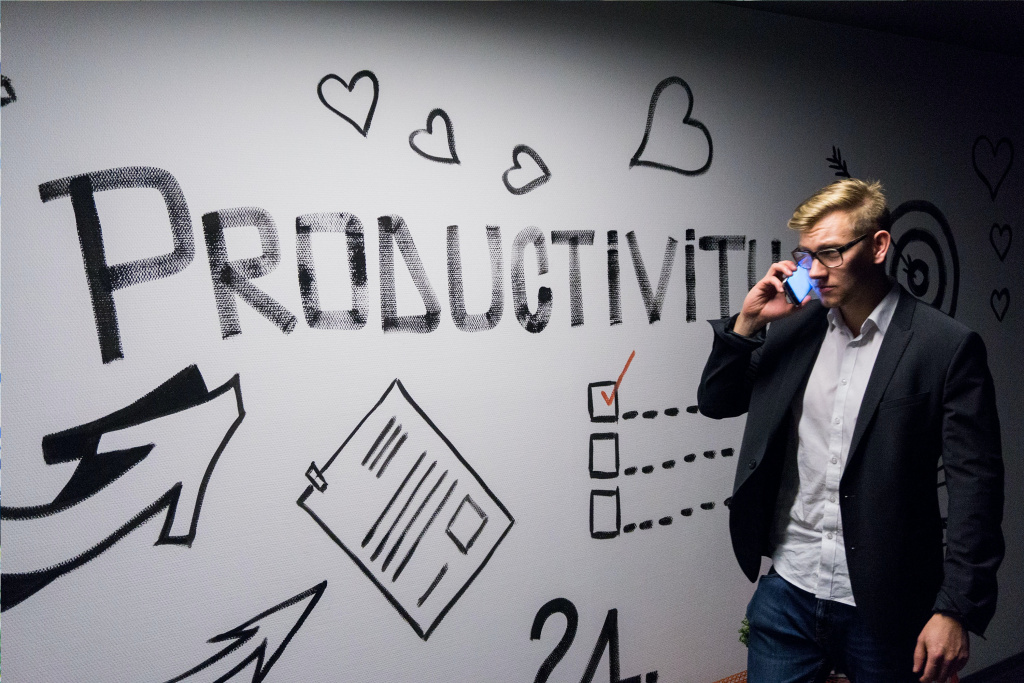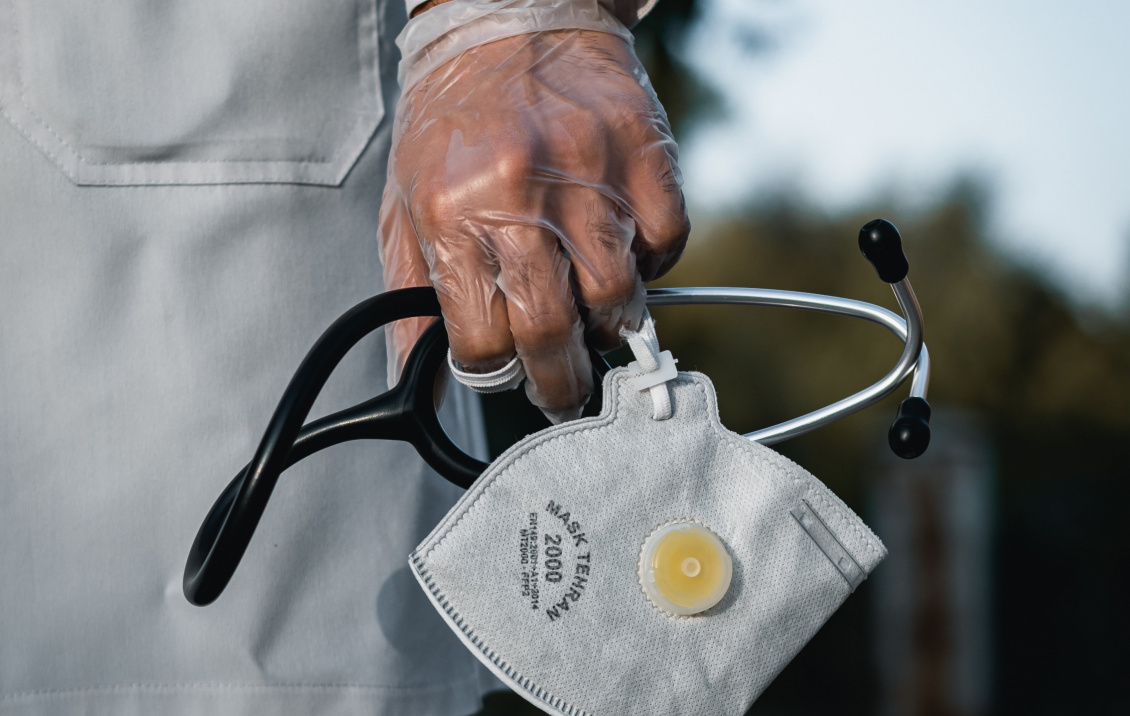
When the COVID-19 pandemic started, our work had to continue, and our customers still required help. Many organizations had to scramble to provide secure remote network access, VPNs, phone services, laptops, monitors, video conferencing, and remote applications – all necessary to allow employees to work remotely. Beyond these infrastructure needs, organizations also had to provide training. And for thousands of companies, the workload increased significantly.
For some companies, the sudden changes brought on by the pandemic were challenging. But for companies with a commitment to a lean and agile philosophy for their project and task management, handling an emergency resulted in less loss of business, as these companies were able to prioritize the complications brought on by COVID-19. By committing to swift and objective processes that focus on value-add, rather than being distracted by the squeaky wheels, these companies were more prepared.

Case Study: GuideOne Insurance
For an example of this lean and agile mindset in action, we spoke with Shane Maas, Information Technology Director, and Commercial Lines Transformation Delivery Sponsor at GuideOne Insurance. Headquartered in West Des Moines, Iowa, GuideOne Insurance provides commercial property and liability, business owner’s policies (BOP), workers’ compensation, commercial auto, and other property and liability needs to churches, nonprofit organizations, small businesses, and educational institutions. Through GuideOne National, its Specialty E&S carrier, they serve three industry verticals: infrastructure, construction, and energy. GuideOne is licensed in all 50 states through a network of distribution partners who serve more than 51,000 members.
Through Shane’s open and honest account of how the company handled the COVID-19 crisis, he explained GuideOne’s collaborative approach to managing by value-add allowed them to work quickly to prioritize high-importance projects and to execute the most critical, value tasks first. Their built-in philosophy of “plan, commit and track” gave them a disciplined way to deliver on whatever came their way.
He describes the process as “an entirely collaborative effort,” where new projects were objectively sized and prioritized based on several criteria during the planning phase. Team members then commit their resources to milestones and deliverables, and the project is monitored, measured, and tracked as they meet and clear their hurdles. Shane emphasized: Tracking is the key to the team’s long-term success.
His comment makes perfect sense – to learn and continuously improve, an organization must understand and be honest about its successes and its failures.
GuideOne represents a forward-thinking company relying on the latest business methods to reduce expenses, boost customer satisfaction, and grow profitably. Their adoption of Lean and Agile helped create a more nimble organization that’s prepared to handle the economy’s ups and downs.
What is Lean and Agile?

Lean and Agile are mindsets and methodologies that provide a framework around continuous improvement projects. Some leaders look at Lean as the right method for manufacturing and Agile as the proper approach for software development. In reality, the methodology should match the business’ culture and objectives. Lean is like a cruise ship that requires more careful consideration when altering course or velocity and decision making. In contrast, Agile is like a speed boat making swift turns and changing speeds as the project or business requires.
Lean identifies specific areas for improvement through observation and investigation of where the work is done. It then relies on those who do the job(s) and visiting experts to determine the best course for improvement. Through a collaborative process, changes are introduced and evaluated against improvement metrics that the cross-functional team determines.

Agile finds solutions and adaptations collaboratively through self-organizing teams. Each team is cross-functional, benefiting from the experience and knowledge of several different perspectives working on the project, including leadership, sales, finance, marketing, and even the end-user. Agile focuses on adaptable planning and development, and encourages flexible responses to change with agile teams working in bursts, having developed clear objectives and deliverables.
It’s important to note that these approaches are not mutually exclusive to each other. Many practices overlap, and those that do not are often complementary and compatible.
Creating Resilient and Future-Ready Organizations
Is your organization continually reacting to the crisis of the day, or worse, to the crisis of the year? Lean and Agile methodologies provide a disciplined and structured approach to managing workflows with little or no disruption – even in an emergency. Team members know and understand their responsibilities and have both responsibility and accountability. In companies where Lean and Agile are adopted completely, team project tracking and measuring is a source of pride instead of fear.

In the future, emergencies may only increase. With the advent of climate change, we may experience bigger and heavier storms, flooding, fires, and possibly more pandemics. Organizations that establish clear, objective, and measurable processes will have a better chance of thriving than those without. Lean and Agile methodologies provide strength, stability, and mobility that help companies to be more nimble in times of fast change.




